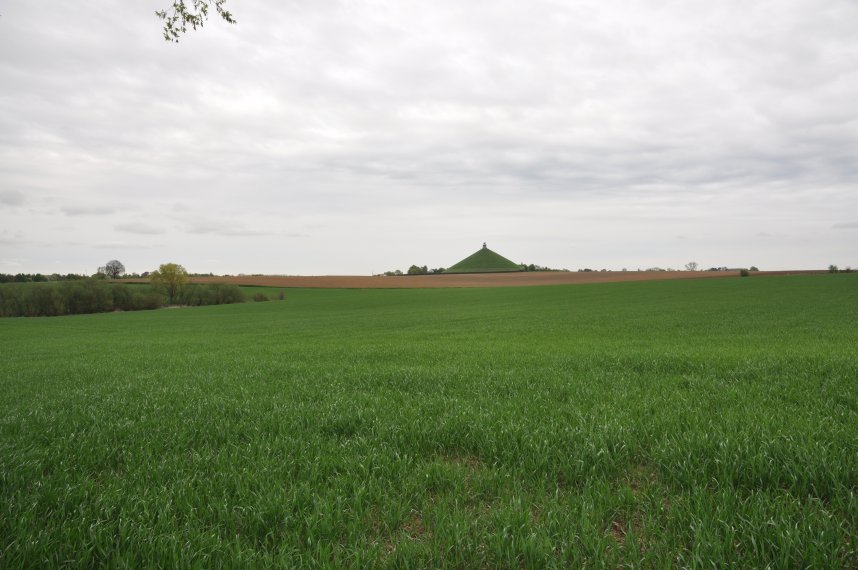

| 2009-06-08 | |
| A horse and a cow town! | |
| My apologies for the exceptionally long silence. The initial cause was being very busy with work. This has been followed by taking a tumble while riding so that I now have one arm in a sling. It makes typing rather slow. In particular, it will mean that I will not be able to reply to e-mails to the site as quickly as I would like. Not much news, but I was in Brighton over a week ago and went along to the Komedia club to see the 'Hot Club of Cow Town' perform. It was tremendous fun, and I'd highly recommend the experience. Especially liked the song 'Reunion' which I am told is from their latest album. | |
| 2009-05-09 | |
| Cleopatra and coffins | |
Another short posting this time, and one that is also rather behind the times. There has been a fair bit about Cleopatra in the news of late. The BBC showed a documentary which claimed, on the basis of no convincing evidence whatsoever, that they had found the tomb and skeleton of her sister Arsinoe IV at Ephesus. They aged the skeleton to 17, and while these things are not exact it certainly did not fit with her probable age when she was killed on Antony’s orders – middle to late twenties. Then an Egyptian team announced that they were hoping to find Cleopatra and Antony’s tomb. On the evidence released so far I cannot really see the basis for any confidence. However, interesting though it would be to carry out a full scientific analysis, I must confess that a big part of me hopes that their remains are never found. There is something uncomfortable about looking at human remains in a museum cabinet, or indeed the knowledge that plenty of other bones are stored in their basements. Antony and Cleopatra were not the nicest of people – few famous figures from Antiquity were – but they had pretty turbulent lives, and I can’t help thinking they deserve a bit of peace. Not that I would not eagerly read the reports if they were found and analysed. On a vaguely connected note, I happened to be looking at the Egyptian galleries in the British Museum just recently. A mother and a child of about four were there, and the little girl seemed very taken with the painted coffins. You could tell she really fancied the idea of sleeping in one of those. So in an impatient voice she suddenly asked, ‘When can we die, mummy?’ | |
| 2009-05-01 | |
| New Books in History interview | |
Just a quick post to say that earlier today I did an interview about How Rome Fell with Marshall Poe for his website New Books in History. You can listen to it here | |
| 2009-04-26 | |
| Waterloo | |
I have been travelling a little lately, hence the lack of any new entries. Last week I visited the battlefield of Waterloo and here is one of the pictures taken on a drizzly day. This was taken from the edge of the Chateau of Hougomont, looking towards the position of the ridge, marked by the Lion Mound. It was over these fields that the grand Fremch cavalry charges were delivered on the 18th June 1815. Being there makes you realise just how densely packed the squadrons must have been. On the day the ridge was markedly higher, but sadly the construction of the monument drastically altered its shape. Still, it does make a good viewing platform.  | |
| 2009-04-15 | |
| Timewatch Young Victoria | |
| For those in the UK, BBC2 are repeating Kate Williams' Timewatch documentary about the early life of Queen Victoria this Saturday at 8.35. It's well worth catching. | |
page 1 page 2 page 3 page 4 page 5 page 6 page 7 page 8 page 9 page 10 page 11 page 12 page 13 page 14 page 15 page 16 page 17 page 18 page 19 page 20 page 21 page 22 page 23 page 24
![[Valid RSS]](graphics/valid-rss.png)